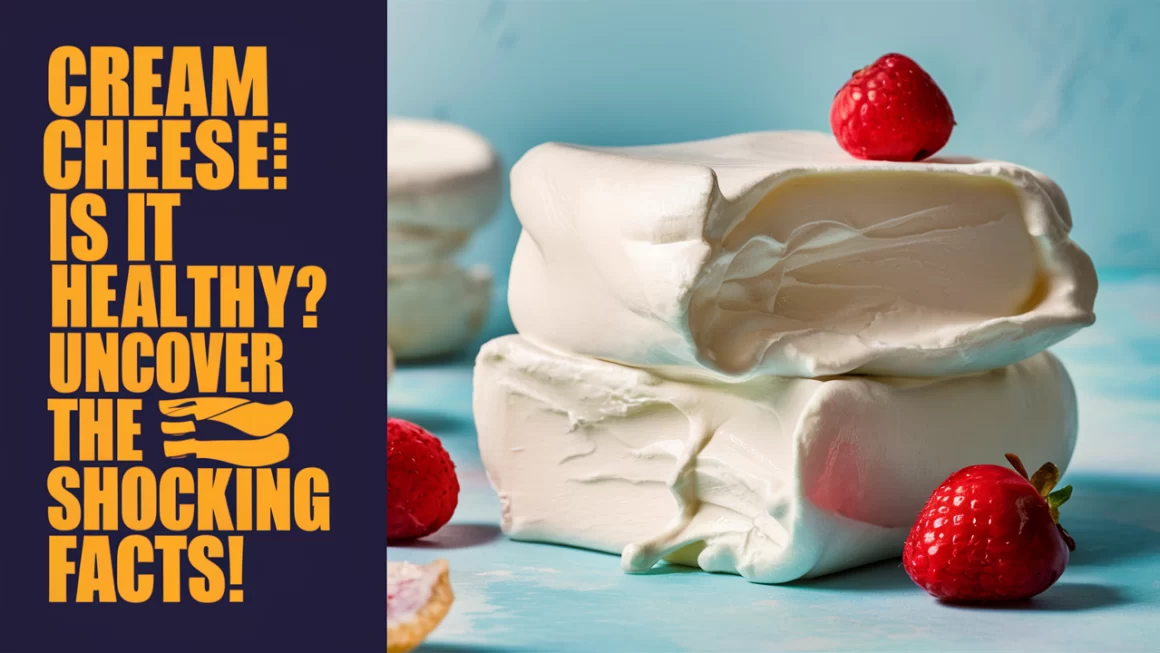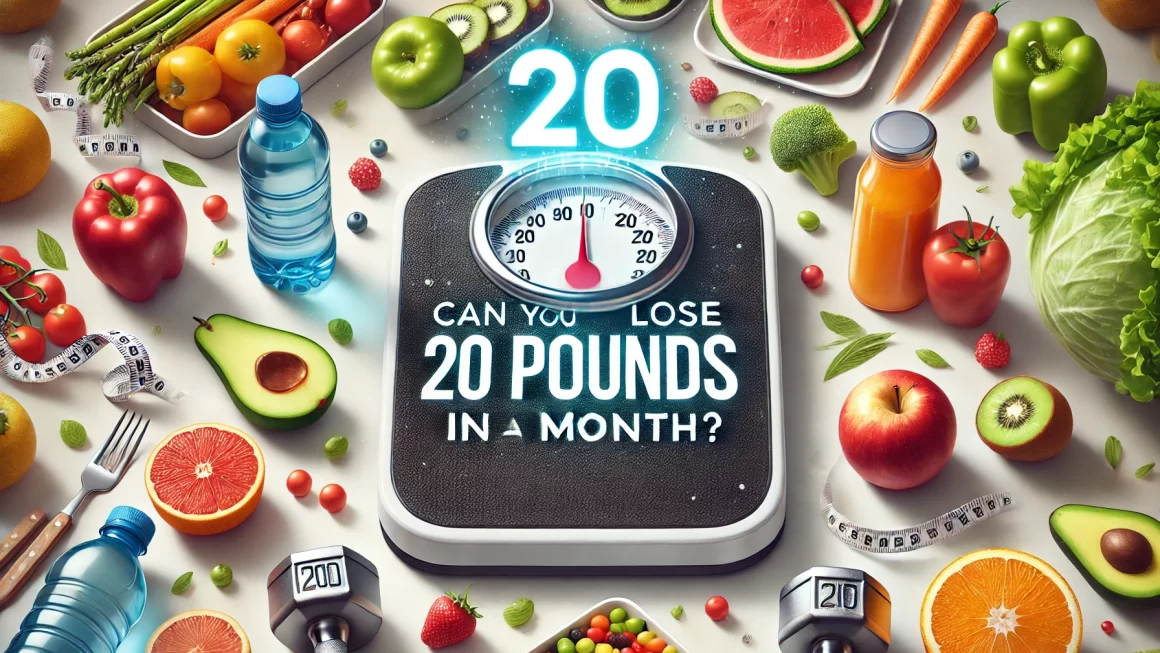Cream cheese is a popular spread that adds richness to bagels, sandwiches, and recipes. However, the issue still stands: “Is cream cheese healthy?” This article aims to reveal some surprising facts about cream cheese by examining its nutritional worth, benefits, and potential drawbacks. Let’s dive into the world of cream cheese and see how it fits into a healthy diet.
What is Cream Cheese?

Understanding Cream Cheese
Milk and cream are combined to make cream cheese, a mild-flavored, soft cheese. It has a smooth texture and is often used as a spread or in cooking and baking. The creamy consistency and rich flavour make it a favourite ingredient in many dishes.
How Cream Cheese is Made
The process of making cream cheese involves curdling milk and cream with the addition of lactic acid bacteria. The curds are then heated, separated from the whey, and blended until smooth. Some brands may add stabilizers to enhance texture and shelf life.
Nutritional Profile of Cream Cheese
Calories and Macronutrients
Cream cheese is calorie-dense due to its high-fat content. A typical serving size of 1 ounce (about 28 grams) contains approximately:
- Calories: 100
- Fat: 10 grams
- Protein: 2 grams
- Carbohydrates: 1 gram
Vitamins and Minerals
Cream cheese provides some essential vitamins and minerals, though in modest amounts. These include:
- Vitamin A: Supports vision and immune function.
- Calcium: Essential for bone health.
- Vitamin B12: Important for nerve function and red blood cell formation.
Health Benefits of Cream Cheese
Source of Healthy Fats
Cream cheese contains saturated fats, which have been controversial in the past. However, recent studies suggest that not all saturated fats are harmful. Some can be part of a balanced diet, providing energy and supporting cell function.
Low in Lactose
For lactose-intolerant people, cream cheese might be easier to digest than other dairy products. The fermentation process reduces the lactose content, making it a tolerable option for many.
Versatile Ingredient
Cream cheese’s versatility makes it easy to incorporate into various dishes, from savoury spreads to sweet desserts. Its rich texture can enhance the flavour and nutritional profile of meals.
Potential Drawbacks of Cream Cheese
High in Calories
Due to its high-fat content, cream cheese is calorie-dense. Consuming it in large amounts can contribute to weight gain if it is not balanced with other low-calorie foods.
Saturated Fat Content
While some saturated fats are not harmful, excessive intake can raise cholesterol levels and increase the risk of heart disease. It is essential to consume cream cheese in moderation and balance it with healthy fats from sources like avocados, nuts, and olive oil.
Added Ingredients
Some commercial cream cheese products contain added stabilizers, preservatives, and sodium. These additives can impact overall health, so choosing natural or organic options is wise when possible.
How to Eat Cream Cheese While Maintaining a Healthy Diet

Moderation is Key
Moderation is crucial to enjoying the benefits of cream cheese without the drawbacks. A small serving can add flavour and creaminess to your meals without significantly impacting your calorie intake.
Pairing with Nutritious Foods
Combine cream cheese with nutrient-dense foods to create balanced meals. For example, spread a thin layer on whole-grain toast and top with fresh fruits or vegetables for a nutritious snack.
Healthier Alternatives
Consider using lower-fat versions of cream cheese or alternatives like Greek yoghurt cream cheese, which offers a similar texture and flavour with fewer calories and less fat.
Delicious and Healthy Cream Cheese Recipes
Veggie Cream Cheese Spread
Create a nutritious veggie cream cheese spread by mixing chopped bell peppers, cucumbers, and carrots into softened cream cheese. Use it as a dip for whole-grain crackers or a spread for sandwiches.
Cream Cheese and Fruit Toast
Top whole-grain toast with a thin layer of cream cheese and fresh fruit slices, such as strawberries, blueberries, or kiwi. This combination provides a delightful mix of flavours and nutrients.
Cream Cheese Stuffed Celery
Fill celery sticks with cream cheese and sprinkle with chopped nuts or seeds for a quick and healthy snack. This snack offers a satisfying crunch and a good balance of fats, protein, and fibre.
Cream Cheese Stuffed Peppers
Small bell peppers stuffed with cream cheese, herbs, and spices make a colourful and nutritious appetizer. These bite-sized treats are perfect for parties or as a healthy snack option.
Cream Cheese and Smoked Salmon Roll-Ups
Spread cream cheese on whole-grain tortillas, add slices of smoked salmon, and roll them up. Cut into bite-sized pieces for a delicious and protein-packed snack or light meal.
Cream Cheese in Cooking and Baking
Cream Cheese in Sauces
Cream cheese can add creaminess to sauces without the need for heavy cream. Add it to tomato sauce for pasta or as a base for a creamy Alfredo sauce.
Cream Cheese in Baking
Cream cheese is a key ingredient in many baking recipes, from cheesecakes to frosting. Its rich texture and mild flavour complement a variety of desserts. Combine it with Greek yoghurt to make a lighter version of cheesecake.
Also Read: Summarize How the Components of Health Boost Your Wellness Today
Cream Cheese in Savory Dishes
Incorporate cream cheese into savoury dishes like stuffed chicken breasts or mashed potatoes. It adds a creamy texture and enhances the overall flavour of the dish.
So, cream cheese, is it healthy? The answer lies in moderation and thoughtful intake. While cream cheese provides some nutritional benefits, it’s also high in calories and saturated fats. By enjoying it in moderation and pairing it with healthy foods, you can incorporate cream cheese into a balanced diet.
When used thoughtfully, cream cheese can enhance your meals and add a touch of indulgence. Following this article’s tips and recipes, you can enjoy cream cheese without compromising your health. Embrace the delicious versatility of cream cheese and make it a part of your healthy eating plan.




